
We prefer to imagine fossils where they “belong”—sea monsters close to ancient oceans, tropical species in jungle lowlands, and ice-age animals in polar tundras. What do we do then, when the past surprises us?
Imagine whale fossils in the desert, crocodiles in the Arctic, or dolphins in the mountains. These are not sci-fi film scenarios but real findings by researchers around the world. Every fossil has a story to tell about continents in motion, climates gone wild, and evolution.
These ancient oddities not only redraw maps—they redraw our picture of Earth itself. And just when you thought that it couldn’t get any stranger, slide two is going to take you where no sea creature should ever be.
1. Marine Reptiles in the Andes Mountains
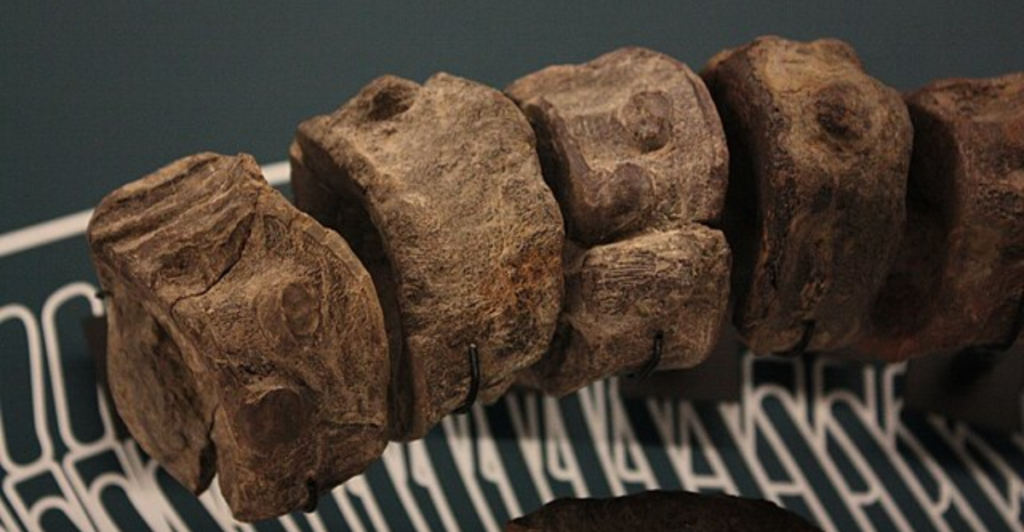
High in the Andes, over 14,000 feet above sea level, fossils of marine reptiles—like ichthyosaurs—have been discovered. These carnivorous marine reptiles resembling dolphins once swam in ancient oceans but are now found on tall mountains. How?
Tectonic plates slowly pushed ocean floors into mountains over millions of years. According to Hakai Magazine, this geological journey shows how dynamic Earth’s crust is.
These fossils are not just fascinating discoveries; they are evidence of enormous changes sculpting our world. It’s a sober reminder that mountains today were once oceanscapes, and the Earth’s surface continues to move, fold and churn below us.
2. Tropical Crocodiles in the Arctic

Crocodiles in the Arctic? That’s what scientists discovered on Canada’s Ellesmere Island: fossilized evidence of ancient crocodilians thriving more than 90 million years ago—inside the Arctic Circle. The poles were not frigid wastelands then but warm, forested regions.
This epoch, known as the Cretaceous Thermal Maximum, was fueled by runaway volcanic activity spewing greenhouse gases. These Arctic crocs enjoyed a warmer climate than the tropics today.
Their existence suggests that the poles were once thriving ecosystems, not frozen borders. It’s also a mysterious sneak peek at what happens during extreme climate shifts.
3. Saber-Toothed Cats Prowling South America
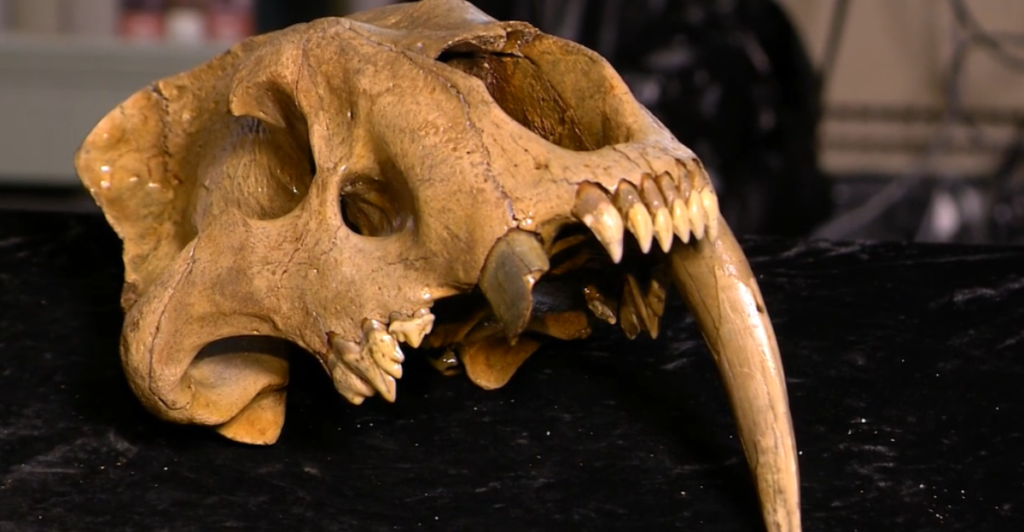
We tend to think of saber-toothed cats as Ice Age North Americans, but fossils in Argentina show that they also prowled the grasslands of ancient South America.
These top predators traveled south during the Great American Biotic Interchange—an event unleashed when the Isthmus of Panama emerged and linked continents. These big cats evolved to prey on giant sloths and camel-like mammals in open plains. Their evolution and migration are testaments to nature’s adaptability when worlds clash.
The finding also shows how geography and climate change affect predator-prey dynamics and biodiversity. It’s a rare snapshot of nature in transition—and the survival of the adventurous.
4. Massive Mammals on Remote Madagascar
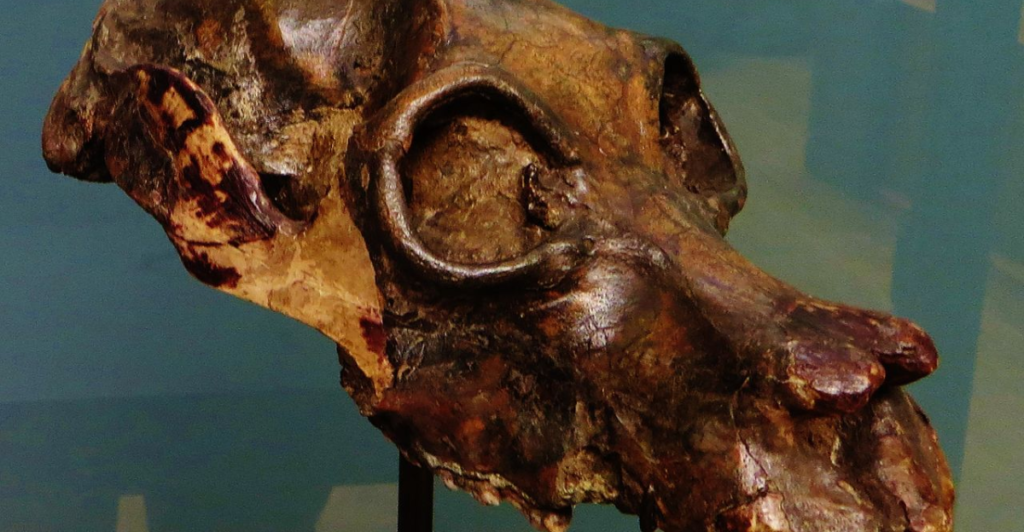
Madagascar is well-known for having bizarre wildlife, but no one expected to discover fossils of massive ancient mammals there. The giant beasts, which are likened to elephant birds, indicate the island once had far bigger animals than it currently has.
This refutes the theory that Madagascar was always biologically cut off. Rather, evidence favors an ancient land bridge permitting megafauna to cross over prior to the island’s separation. Megafauna then evolved in isolation over time.
Their fossils demonstrate how ecosystems in the old world functioned and challenge long-held presumptions regarding the island’s past. They also demonstrate evolutionary ingenuity, creating giants in one era and lemurs the next.
5. Ancient Whales in the Sahara Desert
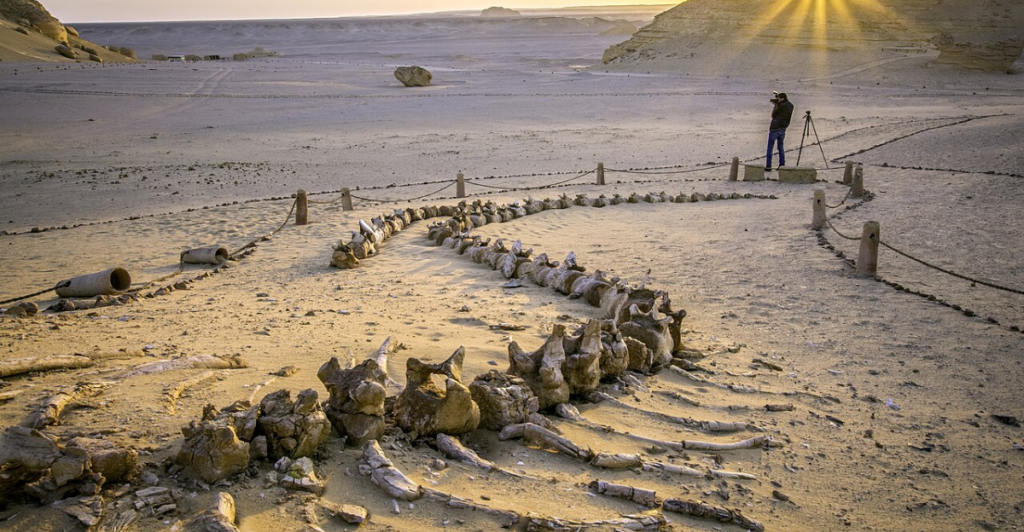
The Sahara desert’s burning sands once contained something rather surprising: whales. In Egypt’s Wadi Al-Hitan, or “Valley of the Whales,” fossils of archaeocetes—ancient, semi-aquatic whales—repose in the sandstone.
They existed around 40 million years ago when the Sahara was covered by the Tethys Sea. The fossils recount the evolutionary journey from land-dwelling mammals to full-time aquatic whales with vestigial hind legs.
This land, now a UNESCO World Heritage site, provides scarce glimpses into the whale’s history. The desert, dry as it is today, hasn’t forgotten the ocean in its bones.
6. Flightless Birds in Icy Antarctica

Antarctica is a frozen desert. But this wasn’t always the case. Fossilized bones of large, flightless birds such as ostriches and emus have been found on the continent, frozen.
They lived tens of millions of years ago, when the continent of Antarctica was a temperate land covered with vegetation. Birds probably foraged on forest floors.
Their fossil record tells us of a continent transforming—from green to white, from a home to beasts of all shapes and sizes to an icy world. These birds are not just mere curiosities; they’re a message that climates never remain constant, not even at the end of the world.
7. Pterosaurs Flying Over Mongolia’s Deserts
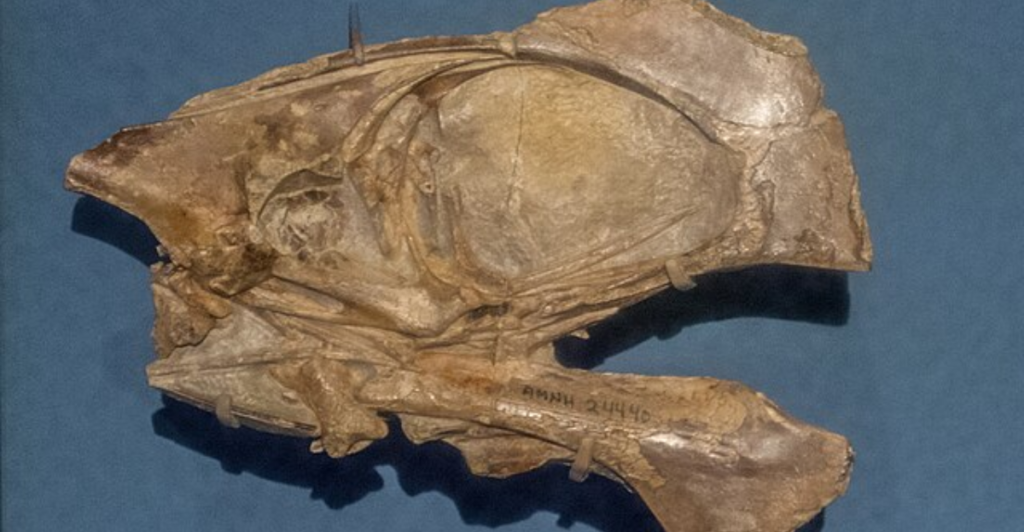
Pterosaurs are most typically associated with seaside cliffs or open skies over oceans—but Mongolia’s arid inland deserts have yielded a bonanza of their fossils.
These flying reptiles, from the Mesozoic Era, clearly flourished far from any ocean. The Gobi Desert, once blanketed with rivers and wetlands, was a perfect habitat. These findings reveal that pterosaurs weren’t finicky—they adapted to a variety of terrains, from coasts to deserts.
Fossils here demonstrate new species and types of flight, illustrating sophisticated behavior and environmental flexibility. They weren’t merely coastal gliders—they were aerial conquerors of Earth’s shifting landscapes.
8. Prehistoric Elephants on Philippine Islands

The Philippines, famed for verdant islands and coral reefs, might seem like the last place for giant elephants—yet that’s precisely what the fossil record attests.
When there were ice ages, the sea level dropped, uncovering land bridges through which animals such as elephants migrated into the archipelago. The prehistoric pachyderms adapted to island life, with some developing dwarf forms.
Their fossils instruct us about migration, isolation, and survival in restricted habitats. These finds remake Southeast Asia’s ancient geography. They reveal how even today’s island paradises once harbored megafauna and how nature responds to changing coastlines and climates.
9. Early Primates Inhabiting the Arctic
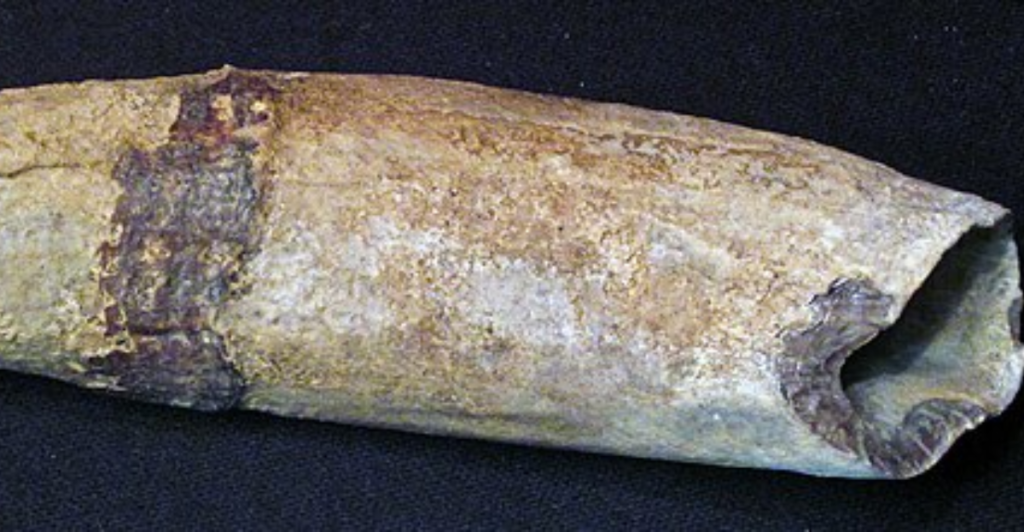
The Arctic is a polar desert today, but back in the Eocene era, it was covered by extensive forests—and unexpectedly, early primates. Fossils, dated to 50 million years ago, were discovered in the Canadian Arctic. These primates lived in a hot, humid environment with lush vegetation year-round.
The importance of this find, scientists say, is that primates developed earlier and were more adaptable to varying environments than had been thought. It’s a groundbreaking discovery that necessitates a revision of primate evolution and migration. Who would have thought our ancient ancestors once played under the midnight sun?
These fossils turn the page on all that we think we know about where life “belongs.” From whales in the desert to crocodiles in the Arctic, they remind us that Earth is not a snapshot in time but a dynamic, evolving beast. The past still surprises us—and every layer of rock contains the next wonder in the story.
Explore more of our trending stories and hit Follow to keep them coming to your feed!

Don’t miss out on more stories like this! Hit the Follow button at the top of this article to stay updated with the latest news. Share your thoughts in the comments—we’d love to hear from you!







